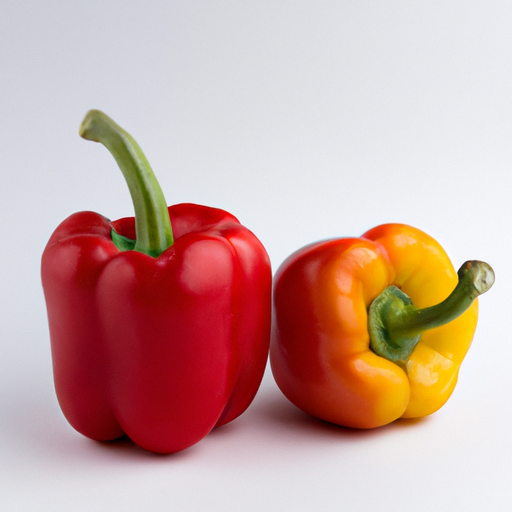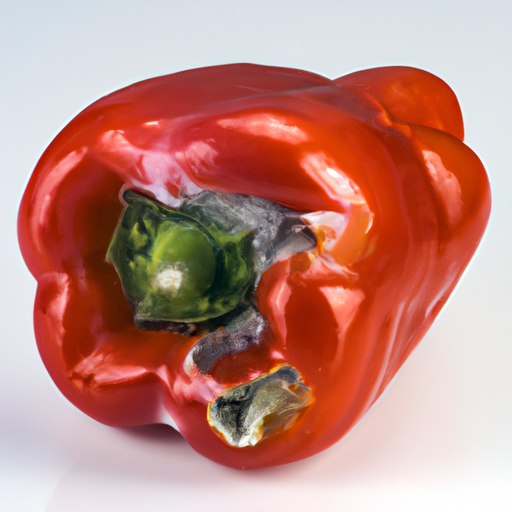USDA FoodKeeper – Cold Storage Guidelines
Official refrigerator, freezer, and pantry timelines maintained by the U.S. Department of Agriculture.
Visit USDA FoodKeeperWith its vibrant red hue and rich flavor, this spice adds both color and depth to countless dishes, from goulash to deviled eggs. Store it in a cool, dry pantry, and you can enjoy its delightful taste for up to three years, even safely using it for up to two additional years beyond its expiration date!
Not sure about your paprika? Check your exact situation →
Last reviewed: January 2026
Reviewed by the Can I Eat Expired Editorial Team using official USDA, FDA, and CDC food safety guidance
Generally safe for up to 730 days if properly stored and showing no spoilage signs.
Every situation is different. Get a personalized food safety verdict based on the date, storage, and condition — in seconds.
👉 Check Food Safety Now"According to the FDA, ground paprika should be stored in a cool, dark place away from heat sources and sunlight to maintain its quality and flavor. It is recommended to use ground paprika within 2-3 years for optimal freshness."


Pantry
Room temperature
Store in airtight container away from heat
1095 days
Loss of aroma, clumping, mold
Use in rubs or marinades
Chili powder, cayenne
Every situation is different. Get a personalized food safety verdict based on the date, storage, and condition — in seconds.
👉 Check Food Safety NowThe expiration date on paprika refers to the point at which the spice may start to lose its flavor potency and quality. While it may still be safe to consume after the expiration date, the flavor profile may diminish. On the other hand, the 'best quality' of paprika refers to the peak period when the spice is at its freshest and most flavorful. To enjoy the full potential of paprika, it is recommended to use it before the expiration date for optimal taste and aroma.
To determine if paprika has gone bad, check for any signs of mold, discoloration, or a musty smell. Fresh paprika should have a vibrant red color and a strong, spicy aroma. If the paprika appears faded, has a dull color, or feels clumpy or moist, it is best to discard it.
Paprika is generally considered safe to consume, but contamination can occur if stored improperly or exposed to moisture. To prevent potential foodborne illnesses, it is essential to store paprika in a cool, dry place away from direct sunlight and moisture. Always ensure that the container is tightly sealed to maintain freshness and prevent the growth of harmful bacteria.
To maintain the freshness and flavor of paprika, store it in an airtight container in a cool, dark pantry away from heat sources like stoves or ovens. Avoid transferring paprika to a spice rack near the stove, as exposure to heat can accelerate flavor loss. Additionally, consider storing paprika in a glass container to prevent absorption of odors and moisture. For extended storage, you can also keep paprika in the refrigerator, although this is not necessary if you use it regularly.
Paprika is a vibrant spice made from grinding dried sweet red bell peppers or chili peppers. It originated in Central America but became synonymous with Hungarian cuisine, where it is a key ingredient in dishes like goulash and paprikash. Paprika comes in various forms, including sweet, smoked, and hot varieties, each offering a unique flavor profile. In some cultures, paprika is also used for its vibrant color to enhance the visual appeal of dishes.
Once opened, Paprika can be safely consumed for up to 2 years if stored in a cool, dry place away from direct sunlight. Make sure to seal the container tightly after each use to maintain freshness and flavor.
If Paprika has been at room temperature for a day, it is still safe to consume as long as there are no signs of spoilage such as an off smell, unusual texture, or discoloration. However, the potency and flavor may have slightly diminished.
The type of container can impact Paprika's shelf life. It's best to store Paprika in an airtight container made of glass or metal to maintain its quality and prevent moisture from affecting its flavor. Avoid storing it in plastic containers as they may not provide adequate protection.
Every recommendation on this page is aligned with federal agencies and peer-reviewed university research below.
Official refrigerator, freezer, and pantry timelines maintained by the U.S. Department of Agriculture.
Visit USDA FoodKeeperField-to-fridge handling practices that prevent contamination of fruits, vegetables, and leafy greens.
Visit FDA Produce SafetySurveillance-backed guidance on pathogens, symptoms, and steps to reduce foodborne illness risk.
Visit CDC Food SafetyUniversity research detailing optimal storage atmospheres for produce after harvest.
Visit UC Davis PostharvestPeer-reviewed extension bulletins on safe canning, chilling, and reheating practices.
Visit Penn State ExtensionNeed deeper reading? Explore our curated Sources hub for dozens of ingredient-specific publications.
Cooking Ingredients
View expiration date and storage guide →
Baking Supplies
View expiration date and storage guide →
Grains & Pasta
View expiration date and storage guide →
Instant Foods
View expiration date and storage guide →
Grains & Pasta
View expiration date and storage guide →
Fruits & Vegetables
View expiration date and storage guide →
Sauces and Marinades
View expiration date and storage guide →
Beverages
View expiration date and storage guide →
Grains & Pasta
View expiration date and storage guide →
Important: These are general guidelines based on authoritative sources listed above. Always use your best judgment and when in doubt, throw it out. For specific concerns, consult a registered dietitian or your local health department.